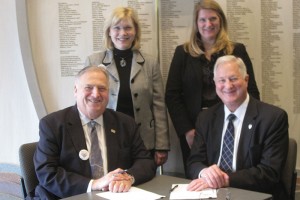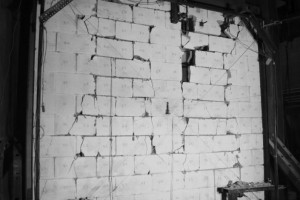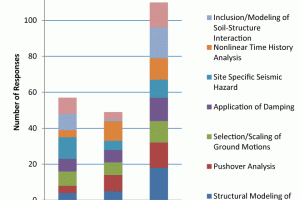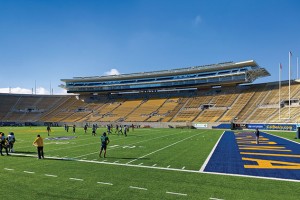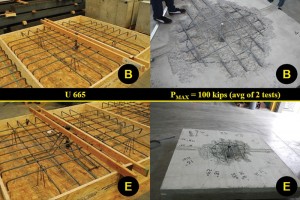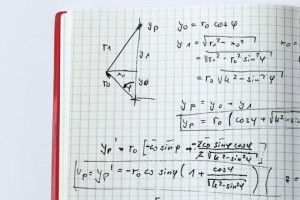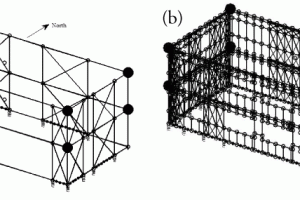Have you ever given any thought to the future of our profession? Not the profession next month or next year, but rather the profession that we will leave to our successors. Driven by automation, globalization, contractor-led procurement, and many other forces, our profession is changing like never before. …
Yearly Archives : 2014
Question
I have been told that horizontal joint reinforcement is not allowed by the 2011 Building Code Requirements for Masonry Structures (TMS 402-11/ACI 530-11/ASCE 5-11) for shear reinforcement in high seismic zones. Where is this stated and why? Are there plans to change this to allow joint reinforcement? …
Advances in computational tools for earthquake engineering analysis continue to broaden the structural engineer’s ability to conduct performance-based simulations, evaluate ductility, and make decisions on performance criteria that involve deformations of a structure beyond the elastic limit. …
Structural Forum is intended to stimulate thoughtful dialogue and debate among structural engineers and other participants in the design and construction process. Any opinions expressed in Structural Forum are those of the author(s) and do not necessarily reflect the views of NCSEA, CASE, SEI, C3Ink, or the STRUCTURE® magazine Editorial Board.
All new structures are sustainable, according to the construction industry press. However, the truth is that no structures are sustainable under any definition of the word. …
Protecting and Strengthening a Landmark on an Active Fault
Forell/Elsesser Engineers, Inc. was an Outstanding Award Winner for the UC Berkeley California Memorial Stadium Seismic Upgrade project in the 2013 NCSEA Annual Excellence in Structural Engineering awards program (Category – Forensic/Renovation/Retrofit/Rehabilitation Structures). …
Welcome to a rare instance when this column has nothing to do with engineering or philosophy!
Ever since I spent several days in New Mexico with my family during a vacation last summer, I feel like the abundant sunshine and thin, dry air have put me under some kind of spell. …
Starting in 2008, members of the project team, along with others, performed tests to show that the American Concrete Institute (ACI) 318-11 Appendix D concrete shear capacities for steel anchor bolts with small edge distances connected to wood sill plates were extremely low compared to actual tested values. …
The past decades have seen major progress toward the broad utilization of advanced nonlinear analysis methods for seismic design. Many of us have witnessed continual development and evolution of the modern standard for nonlinear seismic design – ASCE 41, now titled Seismic Evaluation and Retrofit of Existing Buildings. …
Seismic design of buildings using repetitively framed CFS (CFS) members has largely been enabled through a series of dedicated tests conducted on shear walls and compiled for convenient use in the AISI-S213 standard, supported through the seismic response modification coefficients and procedures in ASCE 7. …
Theodore Burr had just finished his Union Bridge in Waterford, NY (STRUCTURE, February 2014) when he was called to Trenton, New Jersey to build a toll bridge across the Delaware River just above the falls. …

